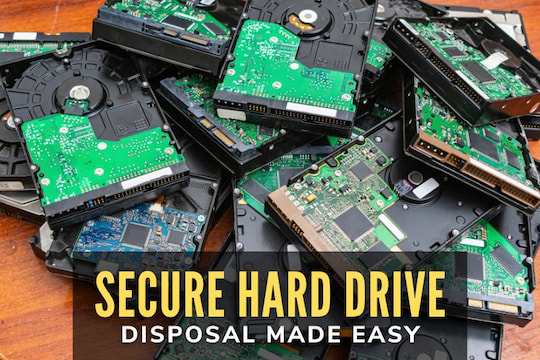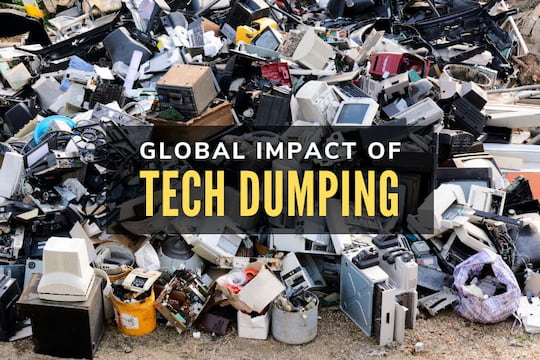Today’s world is one that can be defined by the growing amount of technology. At no point in history have we been advancing in technology at such a fast rate. While this can be beneficial, it also means that consumers are getting rid of their old technologies to make way for new developments. Often, people throw out old things such as old computer screens, printers, keyboards, phones and more, which all end up in a landfill. These things are called e-waste or, electronic waste. E-waste has been a growing problem as more and more items are being thrown out. Here are some surprising facts about e-waste and why it's essential to learn proper e-waste recycling techniques.
80 – 85% of all electronic products were thrown in landfills or incinerators, which leads to toxins being released into the air. Electronics use a large amount of lead, which can be toxic to humans and other animals. Lead poisoning can cause extreme damage in the peripheral and central nervous systems, the kidneys, as well as the blood. E-waste is the majority of all toxic waste in America. 70% to be precise! Worldwide, an incredible 20 – 50 million metric tons of e-waste are thrown out every single year. Another reason that you should not throw out your old cell phones or other items is that electronics hold trace amounts of precious metals such as silver or gold. Americans alone trash over $60 million in silver/gold every year through all the e-waste. Unfortunately, only 12.5% of e-waste is currently recycled, which is a significant factor as to why so much gold and silver is being wasted. When you recycle your e-waste, not only are these precious metals reused (which means less mining would be necessary) it also means that fewer toxins will be released into the air, the ground, and the water supply. These are just a few facts about e-waste, but you can do your part by recycling all your e-waste, so you don’t add to the amount of trash in landfills.




















